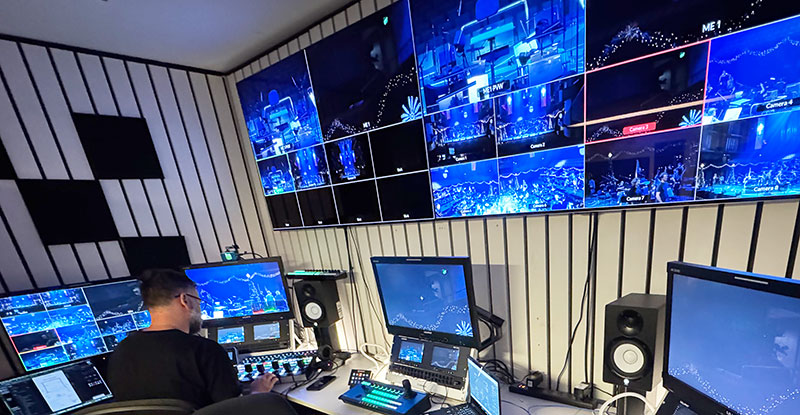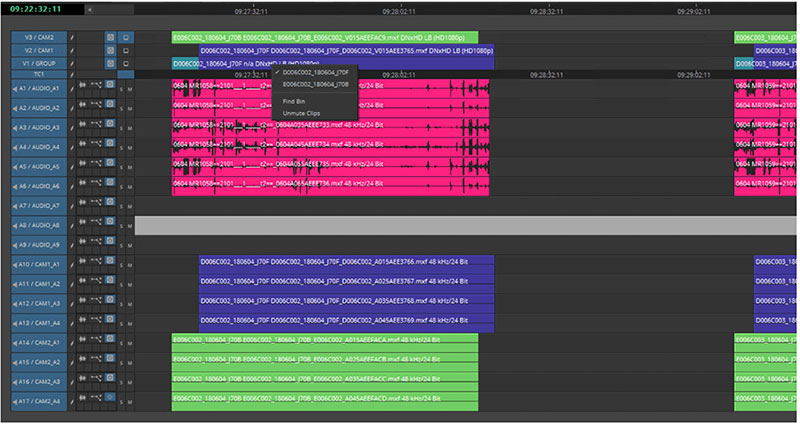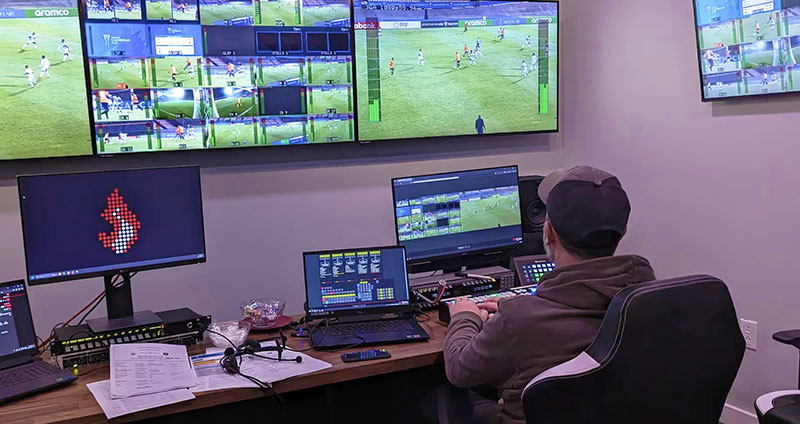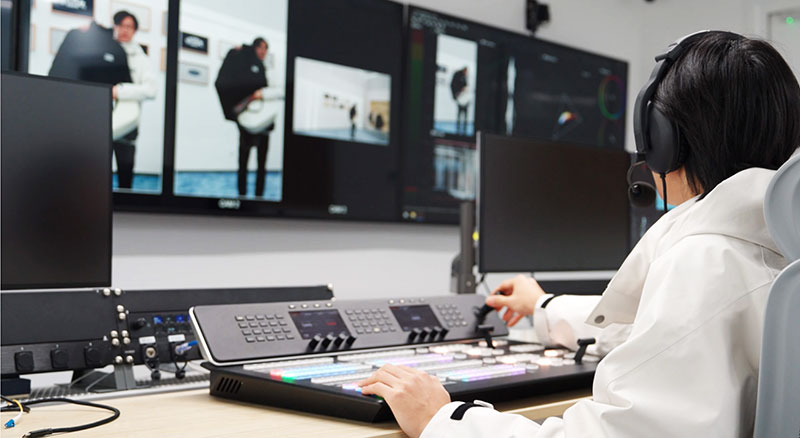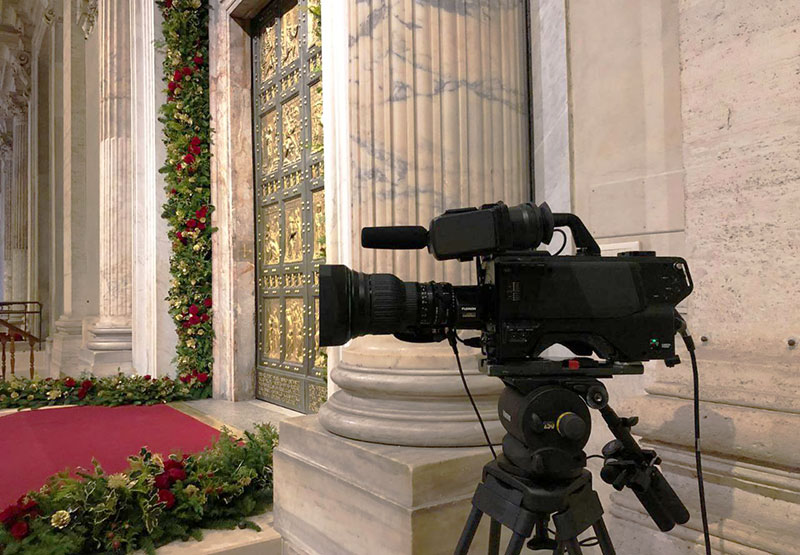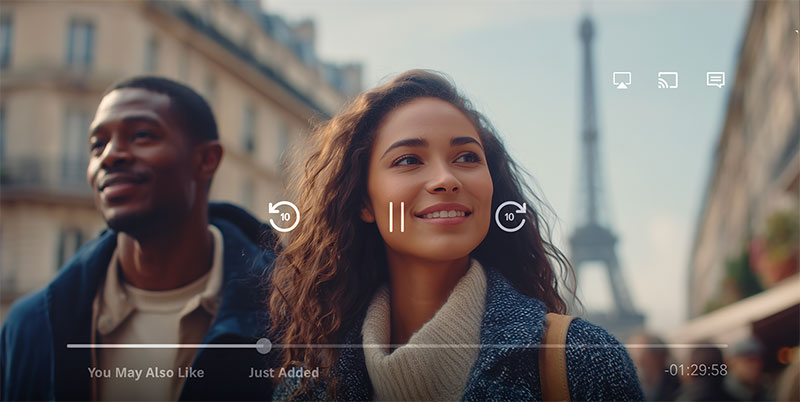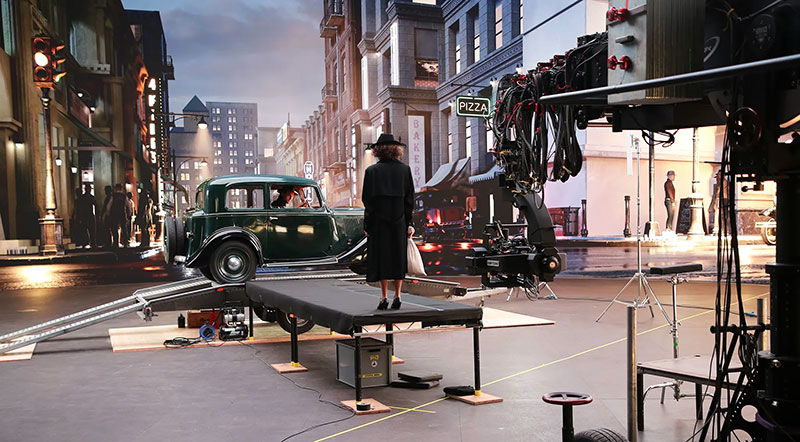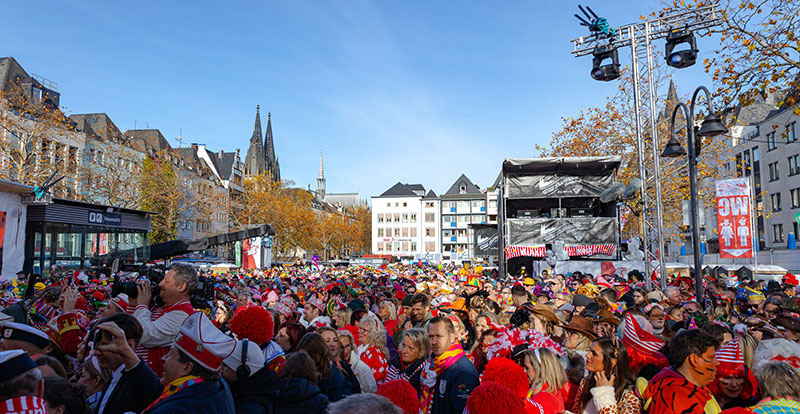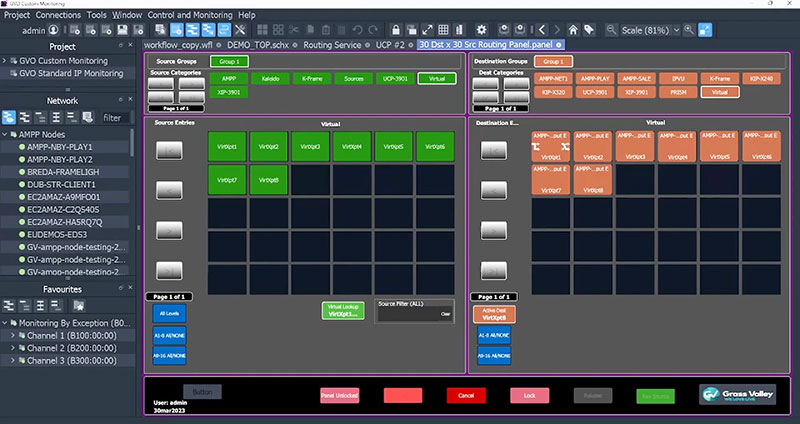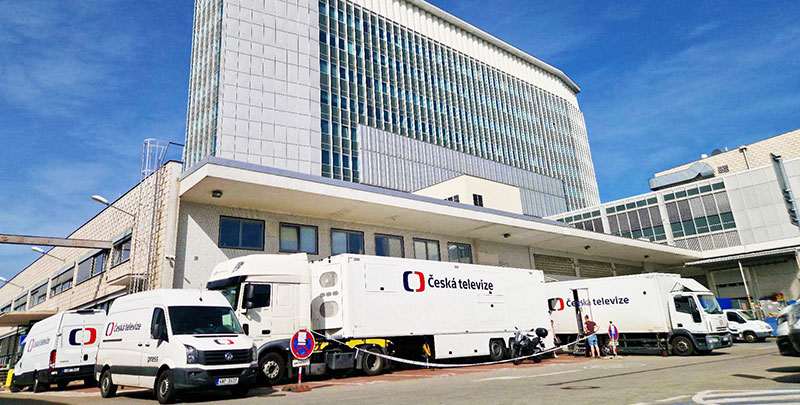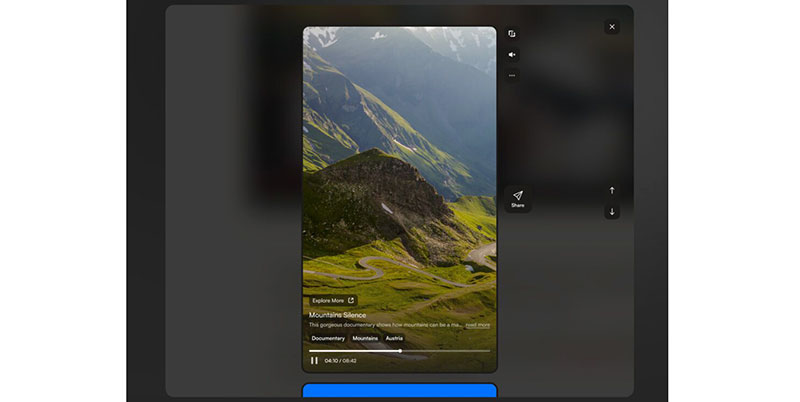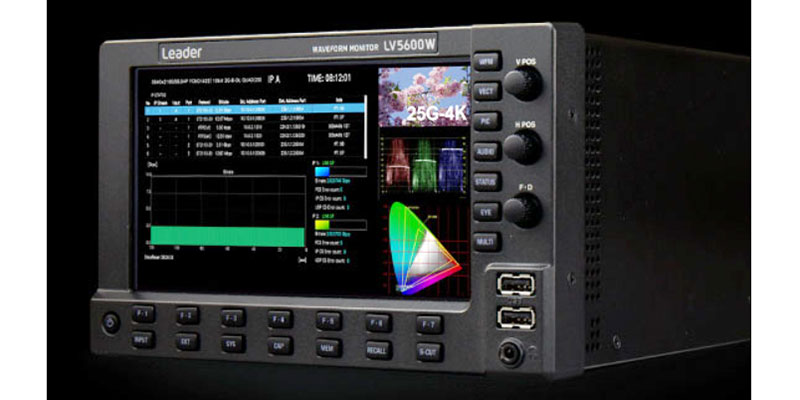During the Belgium Cup Final, Sony, NEP Europe and Citymesh successfully set up the country’s first 5G broadcast test to demonstrate the effectiveness of using 5G in event broadcasting.
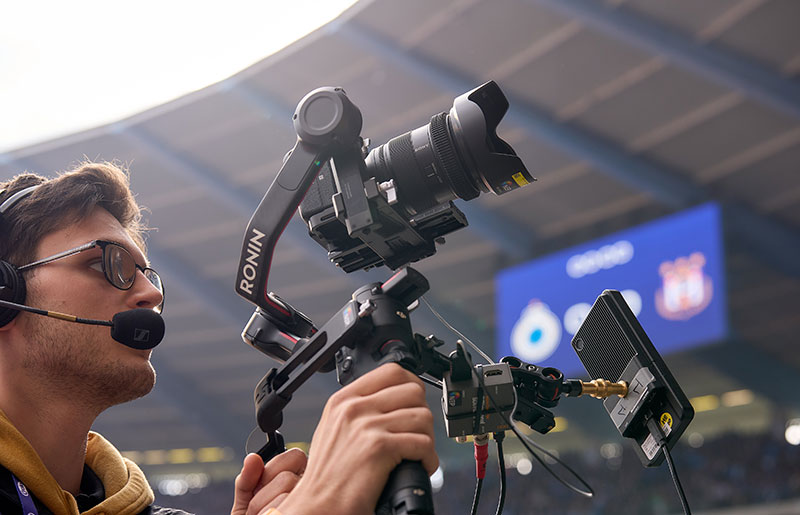
During the Belgium Cup Final, Sony, NEP Europe and Citymesh set up the country’s first 5G broadcast test, which supplied media group DPG Media with an in-depth proof of concept on network-based workflows.
This match, sometimes called 'The Gateway to Europe', had a special significance because its winner qualifies for the Europa League. On behalf of DPG Media, technology company and service provider Citymesh, media services provider NEP and Sony carried out their live trial using a private 5G network.
5G for Low Latency Applications
"It demonstrates the effectiveness of 5G for low latency applications,” said.Carlo Waelens, General Manager of Citymesh Temporary Solutions. “By deploying a local private 5G network, we avoided congestion, even with a packed stadium, and were able to return the footage locally to the media compound, assured of the lowest possible latency.
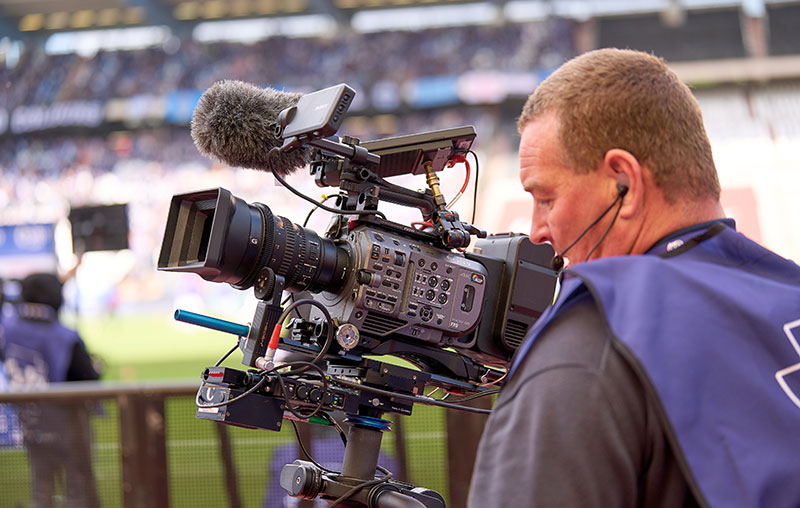
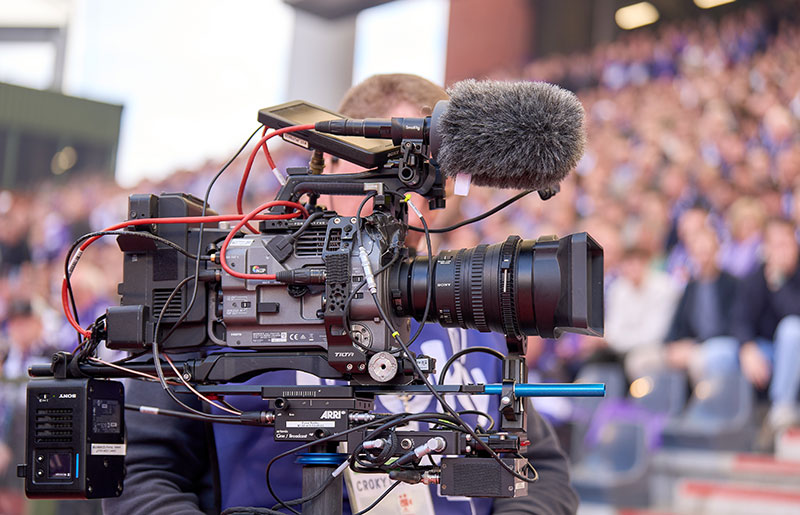
"The success of this trial is made even greater with context," Kurt Galens, Technical Producer for DPG Media, said. "Taking place in an outdoor stadium with a seating capacity of over 50,000, and an eager audience to fill it, the consistent performance achieved demonstrates that the utilisation of 5G in event broadcasting is practical and has the potential to be used as a trustworthy alternative for legacy workflows."
Two Workflows
On the day of the Belgian match, the trial consisted of two separate workflows that both utilised the private 5G network set up by Citymesh. The first consisted of Sony FX3 cameras equipped with the data transmitter PDT-FP1, which uploaded images through the network directly to the cloud. NEP Europe's engineering team in Belgium tested, reviewed and checked the efficiency of that workflow. Because it allows instantaneous content distribution on the day of the match, this setup served as the first response for the team.
The PDT-FP1’s antenna design is optimised for reception sensitivity, setting up high-speed, low-latency communication over various bands including LTE, 5G Sub6 and mmWave. This optimisation, combined with compatibility across a range of communication environments, including local and private 5G, means the PDT-FP1 can be used for fast, global data transmission. It also supports Dual SIM (3 e-SIM and nano-SIM) for transmitting data while automatically switching to a stronger network.
The second workflow consisted of a Sony FX9 full-frame camera equipped with the CBK-RPU7 remote production unit. By connecting this unit to a PDT-FP1 low-latency, low-bit-rate, high-quality livestreaming was possible with the 5G connectivity from Citymesh. At the other end of this connection, the NXL-ME80 (Media Edge Processor) acting as a receiver decoded the signals and handed them over to NEP's OB van that was based outside the King Baudouin Stadium.
Moving Content
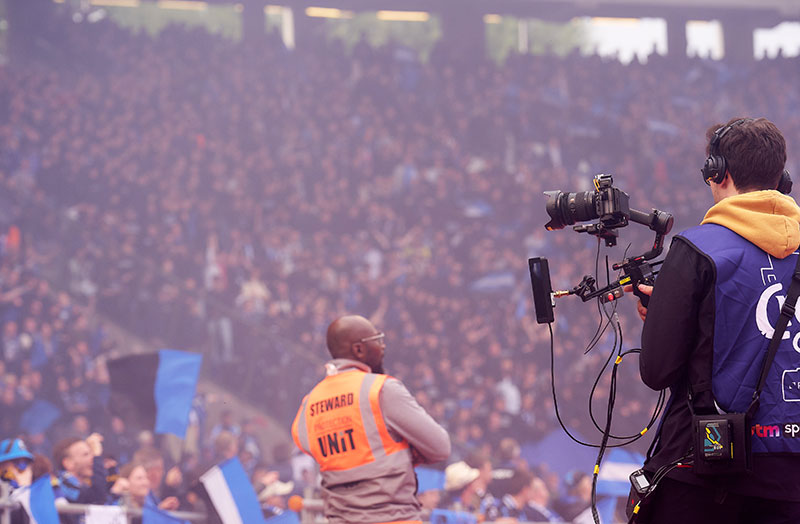
"At NEP, innovation means working with vendors and technology partners to explore smarter, more efficient ways to create and deliver content. This time, we turned to privatised 5G networks to improve signal quality and drive down the cost of moving content from point A to B," said Geert Thoelen, CTO for NEP Belgium.
Hector Sierra, Regional Sales Head, Sony Europe, commented, "At Sony we aim to produce innovative technology that can maximise efficiency for production workflows without impeding the quality of service. That is what 5G can achieve. This trial now joins a growing list of other 5G trials that have been a proven success." pro.sony
Words: Adriene Hurst, Editor




